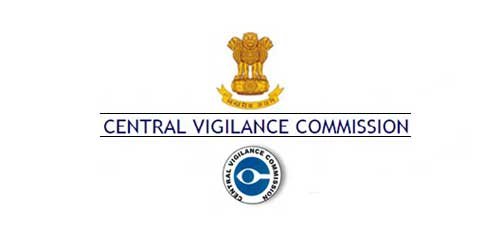In a decisive step towards streamlining the governance of corruption-related inquiries, the Central Vigilance Commission (CVC) has issued a master circular that consolidates all prior guidelines concerning the determination of a “vigilance angle.” This overarching concept critical to categorizing the gravity of misconduct by public servants has now been codified into a single, unified reference document.
Previously fragmented across numerous circulars and office orders, the updated directive, dated May 23, seeks to ensure consistent application by all central government departments, public sector banks, and insurance companies. It highlights the types of misconduct that will now be prima facie seen as involving a vigilance angle, including disproportionate asset accumulation, misappropriation of funds, demand or acceptance of illegal gratification, and forgery.
Banking & Insurance: Sector-Specific Definitions Tighten the Net
The circular outlines clear examples in the banking and insurance sectors where misconduct would automatically trigger a vigilance probe. In public sector banks, actions such as the creation of fictitious accounts, misappropriation of money or property, and falsification of records will now fall unequivocally under the vigilance purview.
Even issues outside traditional banking secrecy such as the disclosure of confidential data or the submission of false reimbursement claims are now defined as triggers for vigilance action. Notably, failure to act in the bank’s interest, thereby causing financial loss, is also included.
In public sector insurance companies, irregularities such as inflated claim payments, collusion with third-party agents, and poor underwriting decisions made in bad faith are now explicitly flagged. Collusion involving doctors, surveyors, and other intermediaries used for circumventing medical examinations or defrauding claim assessments is also addressed under the new lens.
No Escape from Accountability: Beyond Vigilance Angle
Importantly, the Commission clarified that the absence of a vigilance angle in certain cases does not absolve officials of accountability. Acts of omission or procedural lapses that fall outside the vigilance definition will still be addressed under departmental disciplinary frameworks as per service rules.
This signals a holistic approach where all forms of employee misconduct whether criminal in nature or not are subject to institutional oversight and action, even if the vigilance framework does not directly apply.
Also Read: Attention Startups! Showcase Your Smart Policing Solutions on India’s Biggest Stage
A Step Towards Predictable Governance
The issuance of this master circular marks a milestone in public service regulation. By defining and standardizing the vigilance angle across critical sectors, the CVC not only brings clarity for investigative bodies but also sets a transparent expectation for public officials.
The Commission’s move is especially significant in the current climate of public sector scrutiny, where financial irregularities, systemic fraud, and administrative opacity have sparked national debate. With these guidelines in place, vigilance mechanisms are likely to be more responsive, objective, and aligned with institutional ethics — a step forward for probity in public life.

